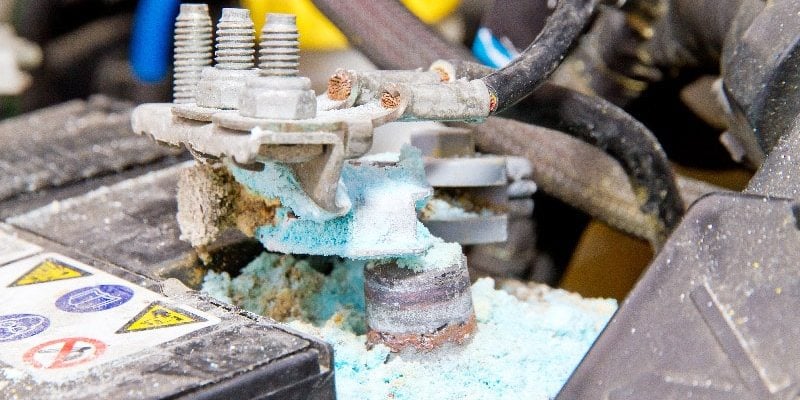I ask because just looking at voltage is typically not a reliable way to tell battery health. If I understand correctly, you took 12V battery outside the car (fully working in the car and no problems powering on the car), after charging on your BMW charger for two days, you measured it was properly charging and also fully charged (~14.0-14.5V charging voltage, ~13.1-13.5V float voltage, and OCV of 12.9V-13.1V off the charger). Then after sitting with nothing attached it measured 11.7V?
Which model BMW charger are you using? Advanced Battery Charging System (Deltran rebadge) or the BMW Battery Charger (CTEK rebadge). Or are you using a trickle charger (like for motorcycles)?
Again, what battery size does your motorcycle use? I find it hard to believe it would use a larger battery. From looking it up around 20Ah is about the max most motorcycles use and the Tesla one is 45Ah. Also, while Tesla charges a very good price for the features (only $85), I don't see that as a bad thing, nor necessarily it is of any worst quality than other flooded/sealed batteries (in fact it is a maintenance free with a vent port that is very rare for such in inexpensive price).
Are you talking about the 51R battery Tesla uses? It's a fairly common car battery size used by quite a few cars (a bunch of Acuras, Honda Civic, Accord, CR-V etc, Nissan Leaf/Versa).
You can easily find AGM versions in pretty much all the big auto parts stores (as well as flooded):
Shop for Duralast Platinum AGM Battery BCI Group Size 51R 435 CCA 51R-AGM with confidence at AutoZone.com. Parts are just part of what we do. Get yours online today and pick up in store.

www.autozone.com
People have swapped in AGM batteries before with no problems.
Tesla didn't change it to reject those batteries specifically, rather the early warning system that have saved so many people, doesn't play nice with some lithium replacements given they don't match the profile of a healthy lead acid battery (there are some people here that claim they bought a non-Ohmmu LFP 12V and it worked fine for them). It's pointless for Tesla to release a lithium replacement for the 12V models given for most people, they are getting 4 years out of the battery, so they will only replace it once or twice in their car ownership, in which case they would never recoup the cost of the lithium.
Your annual recommendation doesn't match any of the real world cases I have seen in the Model 3/Y, even the worst cases are getting 2 years, many are getting to 4 years or more. My car is now 3.5 years old and still on the original 12V battery.




